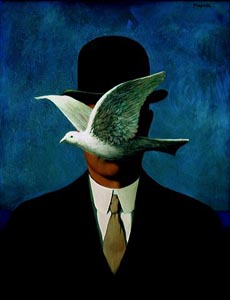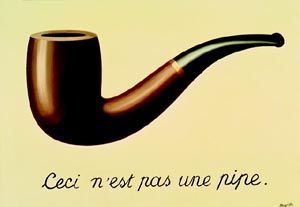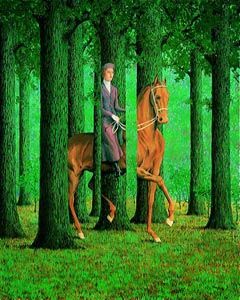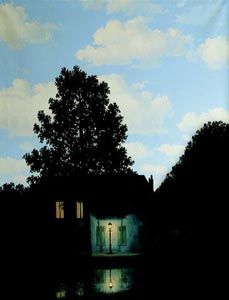Full Art Mode
Exit Full Art Mode by clicking on Page or ESCTouch screen to exit Full Art Mode
skip

review
René Magritte
06.04.2005 - 24.07.2005



This exhibition, the first Magritte retrospective in Austria, gives an overview of the entire oeuvre of the great Belgian surrealist. Magritte’s magical-conceptual images from the 1920s through to the 1960s are used to illustrate both his dialogue with Dada and his key role as an inexhaustible source of inspiration for art after 1945, including Pop-Art and Concept Art.
Major works from international museums and numerous private collections shed new light on the artist, whose continuing importance is underlined by contemporary artistic trends. Inspired by Giorgio de Chirico's poetic vision, in the mid-1920s Magritte worked his way to creating his first original pictures. Moulded by his initial bread-and-butter job as a commercial artist, Magritte chose from the very beginning an objective and descriptive manner of painting that negated any personal expression. Within terms of this deliberately »anonymous« painting, whose outer inconspicuousness reflects Magritte's withdrawn and absolutely ordinary private life, the painter establishes –surreptitiously, as it were – an almost perfidious alienation from scenes and objects that at first sight seem conventional and everyday. Magritte plays with ill-matching proportions, incongruous juxtapositions and impossible object locations. Through this he seeks – as he does in his entire oeuvre – to awaken a second, coded reality behind things.
review
Christian Ludwig Attersee
02/09/2005 - 26/10/2005
review
